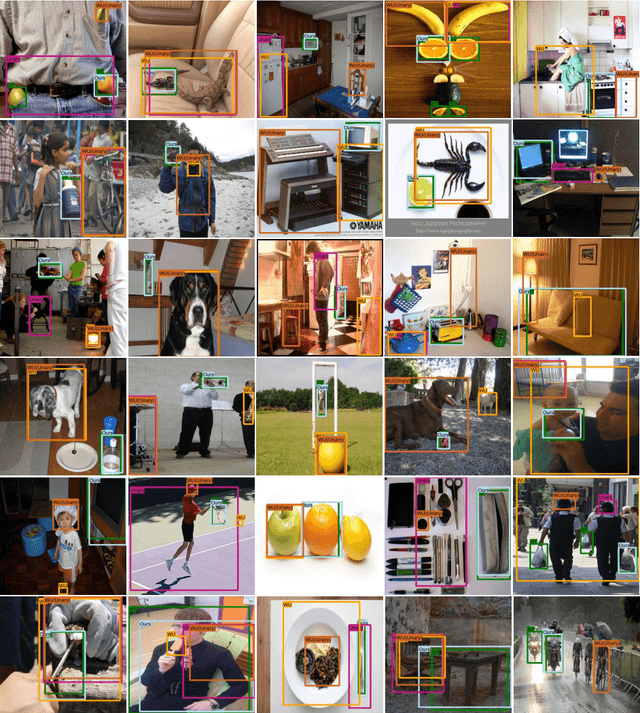In Defense of Graph Inference Algorithms for Weakly Supervised Object Localization
Paper and Code
Mar 18, 2020



Weakly Supervised Object Localization (WSOL) methods have become increasingly popular since they only require image level labels as opposed to expensive bounding box annotations required by fully supervised algorithms. Typically, a WSOL model is first trained to predict class generic objectness scores on an off-the-shelf fully supervised source dataset and then it is progressively adapted to learn the objects in the weakly supervised target dataset. In this work, we argue that learning only an objectness function is a weak form of knowledge transfer and propose to learn a classwise pairwise similarity function that directly compares two input proposals as well. The combined localization model and the estimated object annotations are jointly learned in an alternating optimization paradigm as is typically done in standard WSOL methods. In contrast to the existing work that learns pairwise similarities, our proposed approach optimizes a unified objective with convergence guarantee and it is computationally efficient for large-scale applications. Experiments on the COCO and ILSVRC 2013 detection datasets show that the performance of the localization model improves significantly with the inclusion of pairwise similarity function. For instance, in the ILSVRC dataset, the Correct Localization (CorLoc) performance improves from 72.7% to 78.2% which is a new state-of-the-art for weakly supervised object localization task.
 Add to Chrome
Add to Chrome Add to Firefox
Add to Firefox Add to Edge
Add to Edge